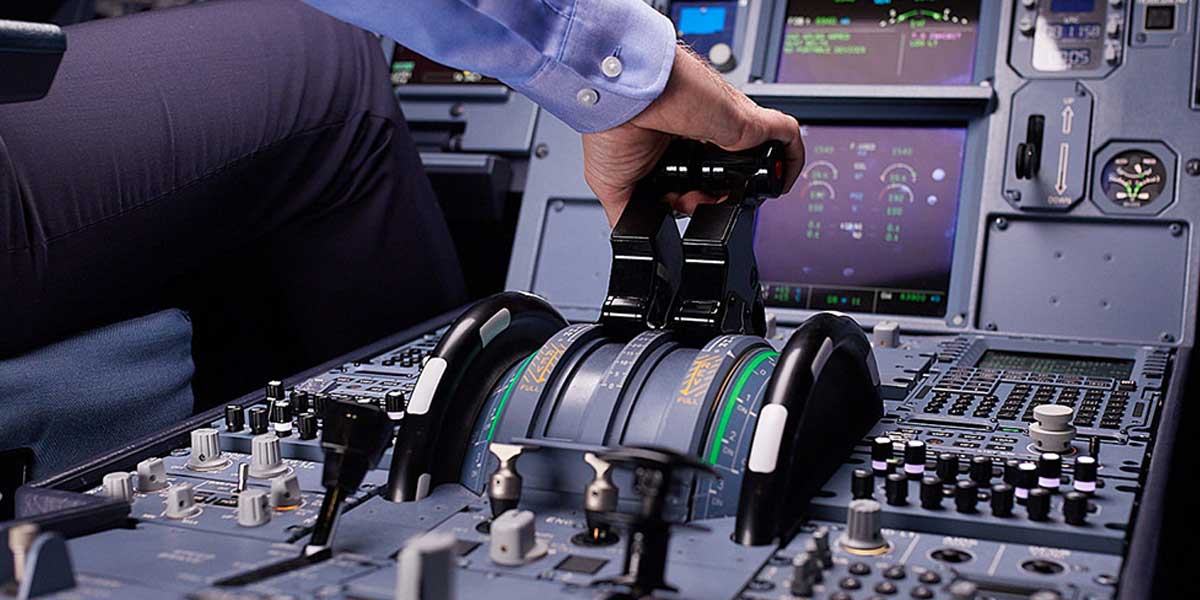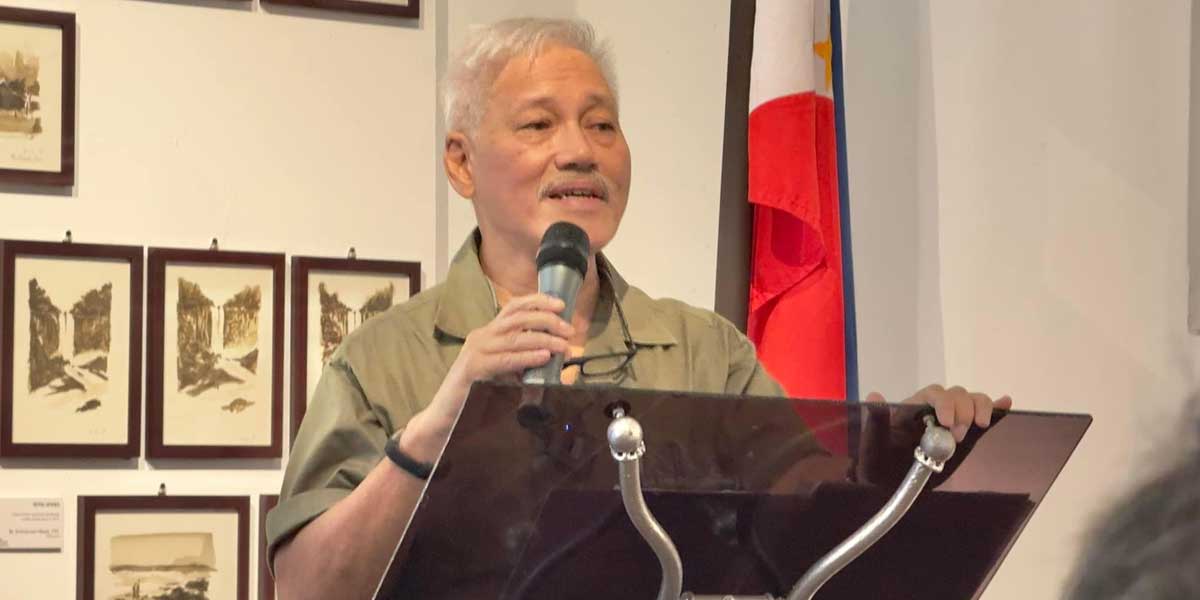
Once you’ve become a full-fledged pilot, one of the next steps you can take to further your career in the field of aviation is to complete your first type rating course. In the aviation industry, a type rating is a credential that authorizes a pilot to take control of a particular aircraft. A pilot who wants to work for one of the Philippines’ top air carriers should obtain type ratings for the aircrafts in its fleet, for example the Airbus A320, Airbus A321, Airbus A330, Airbus A350, and Boeing 777. Passing the type rating exam for any of these aircrafts will take a fledgling pilot one step closer to their own seat on the flight deck.
If you want to advance in your piloting career and earn the right to be a First Officer on an aircraft, how should you go about preparing for a type rating course? To answer that question, here are five useful tips to help you excel in an A320 Type Rating course or other type rating program.
Brush Up on the Basic Knowledge You Learned from Aviation School
The first thing you should do to prepare for the complexity of a type rating course is to review your basics from aviation school. Doing so will allow you to build a strong foundation for acquiring new technical knowledge during your type rating course. This will also get you into the same mindset that helped you push through your pilot training with a sense of focus and self-discipline. Be ready to flex your mind muscles and go through the same learning process that you went through in aviation school, which includes: (1) mastering rote tasks, (2) acquiring a deeper understanding of your craft, (3) being able to apply your technical knowledge, and (4) being able to correlate your knowledge to new and increasingly complex situations.
Get the Specifics of the Type Rating Course You Want to Enroll In
Next, do your research on the type rating course you’re interested in. Learn about the training methods you’ll undergo, how much time it will take for you to finish the course, which aviation bodies have duly accredited the course, and whether the course comes with the opportunity to secure future employment with a partner airline. In addition, don’t forget to check the eligibility requirements for the type rating program. Make sure you’ve prepared all the documents that will certify your eligibility for the course, like your pilot license, pilot logbook, National Telecommunications Commission license, medical certificate, and your results from the Civil Aviation Authority of the Philippines’ (CAAP) English Language Proficiency test.
Be Exhaustive When Studying for the Type Rating Exam
The chief goal of a type rating course is to equip you with the knowledge and proficiency needed to pass your type rating exam. Knowing that, find out the mechanics of the test and study as exhaustively as you can. On top of doing drills and using mnemonic devices to memorize the different parts of the aircraft, take practice tests and learn about the different terminologies used in the test questions. Try to avoid cramming your studies for areas where you’re having a hard time, and ensure that you’re in peak physical and mental form on the exam day itself by eating well and getting enough rest.
Make It Like Second Nature to Check Your QRH
The aircraft’s quick reference handbook, or QRH, will be one of your enduring companions both during your type rating course and your time as a crew member on the plane. Have a copy ready and familiarize yourself with its contents. It should eventually become like second nature to you to check particular sections of the QRH for pertinent graphs, tables, and procedures for handling the aircraft during abnormal situations. The better you are at locating important information in your QRH, the more confident you’ll be in both your type rating studies and in your actual duties as an officer on the aircraft.
Join a Study Group for Fellow Type Rating Examinees
Lastly, consider making friends with your fellow examinees and becoming part of a study group where you can all review for the type rating exam together. Whether you’re studying the theory aspects of the course or undergoing simulation training for the aircraft, you may benefit from the input and sense of accountability that you can get when collaborating with your peers. In addition to keeping you on track during your review, your peers may be able to help you practice your budding knowledge of the aircraft in a more hands-on way. Build teamwork and support each other, just like you would if you were fellow crew members on the aircraft involved in your type rating course.
Conclusion
Your life as a pilot will only continue to challenge you, and that will be evident in your quest to earn a type rating. You will need hard work, discipline, and determination to pass the exam and to earn a position of authority on the aircraft of your choice. Study hard and make all the necessary preparations for future duties in the First Officer’s seat!



















